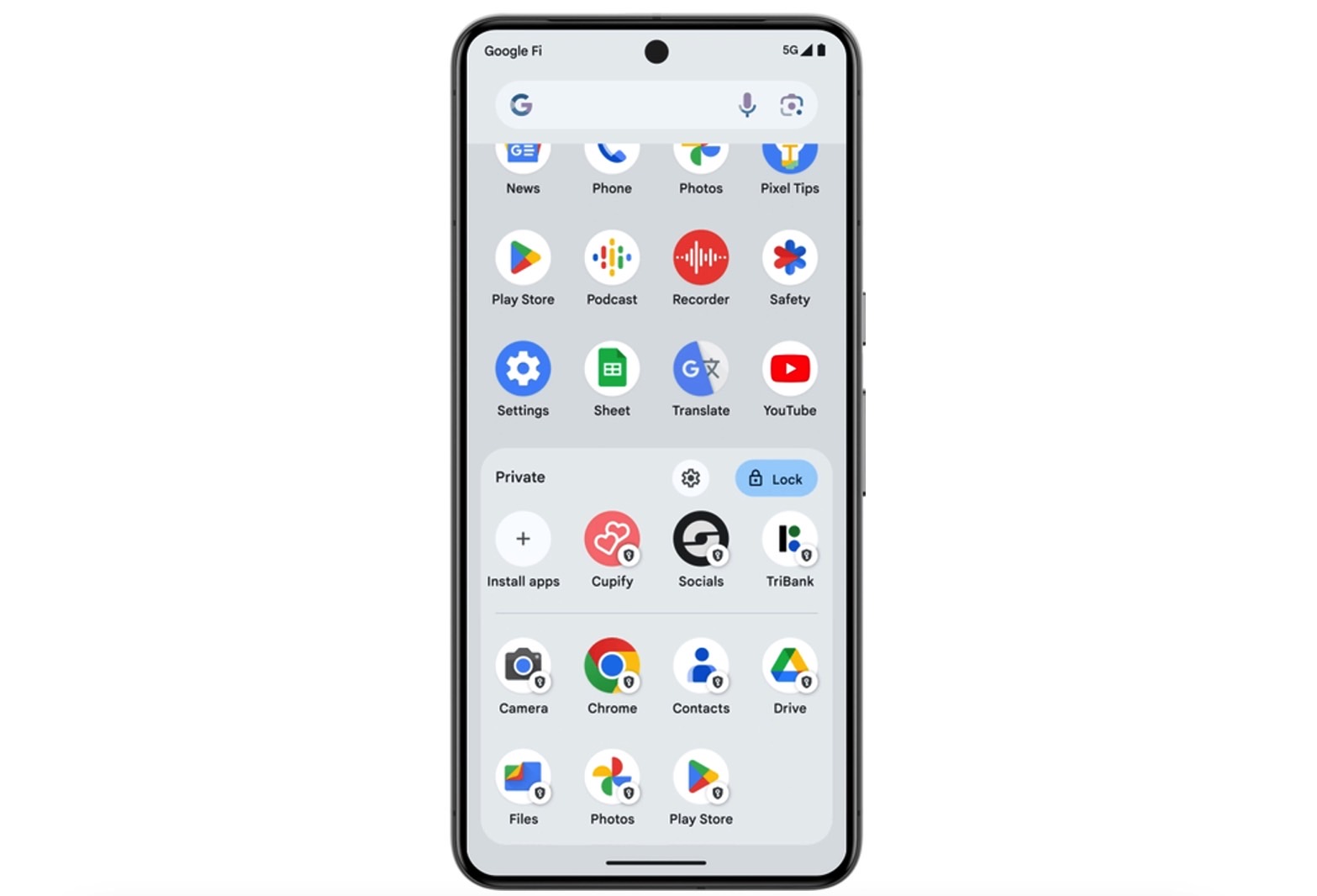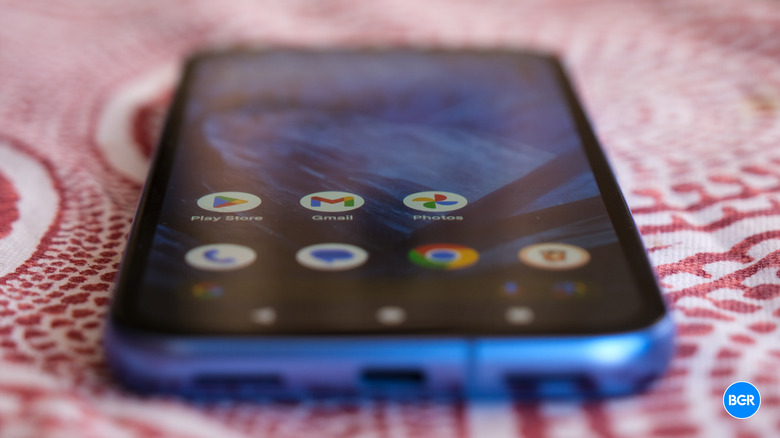Android 15's Private Space Is Something Apple Should Steal Immediately
The opening keynote for Google I/O 2024 was dedicated entirely to AI. Once the main attraction of Google's developer conference, Android was relegated to a support role to help make Gemini AI shine. That is, Google only addressed the big AI features coming to Android 15 this year. It left everything else for the second day of the show.
Google then announced the release of Android 15 beta 2 yesterday. It also gave us a complete rundown of the main features coming to Android handsets this year. The first topic Google addressed was data privacy and security, unveiling an exciting Android 15 feature I now want Apple to copy for the iPhone.
It's called private space. As the name suggests, it's a protected area on the phone that lets you hide all the content you want to prevent others from seeing. This means you can even install two versions of the same app, including Google's software, to protect sensitive data.
Private space will sound familiar to Samsung customers using the Knox security platform built into most Galaxy flagships. Those Android users will not need the Android 15 update to take advantage of private spaces. But Android 15 will extend Knox-like protections to non-Samsung phones.
It's unclear whether private space is as secure as Knox. But Google makes it sound like a secure environment that can protect sensitive information:
Coming to Android 15 this year, private space lets you create a separate space with an extra layer of authentication, keeping your sensitive apps secure and away from prying eyes. It's like a digital safe within your phone for the apps you don't want others to easily access or see. For example, you can hide health or banking apps in your private space to keep your personal information for your eyes only. With direct OS integration, private space offers enhanced protection for sensitive apps, isolating their data and notifications from the rest of your phone. You can also set up a separate lock for private space and hide the existence of it altogether.
Google offers a brief video explaining how private space works. You'll use your fingerprint or a separate password to unlock it. At that point, you'll see a folder of apps that you want to hide from the main home screen.
The private space that Google showed off contains duplicates of apps already running on the phone.

For example, the private space shown above contains Google's Chrome, Drive, Photos, Files, and Play Store apps, which are already available on the handset. That means the content of the apps hosted in the private space area will be protected from the rest of the phone.
You can install as many apps as you want in Android 15's private space. If anybody gets access to your device, they won't be able to access your private space unless they know the password, which should be unique and different from the device's main password.
I'd like similar functionality on the iPhone. Specifically, I'd like the ability to hide apps from the home screen and the App Library. It would even be great if I could hide entire iPhone home screens. I'd like to use a different password than the lock screen to lock sensitive apps, like banking, health, and certain smart home apps, in a private folder of some sort.
And yes, apps exist that give the iPhone such functionality. However, I'd like Apple to turn it into a feature built into the operating system. It's unclear if such functionality is coming to iOS 18 this fall or via a future update, but Google's private space in Android 15 is something Apple should consider replicating.
Android users looking to try out private space and other new Android 15 features can now install beta 2 on their devices.
